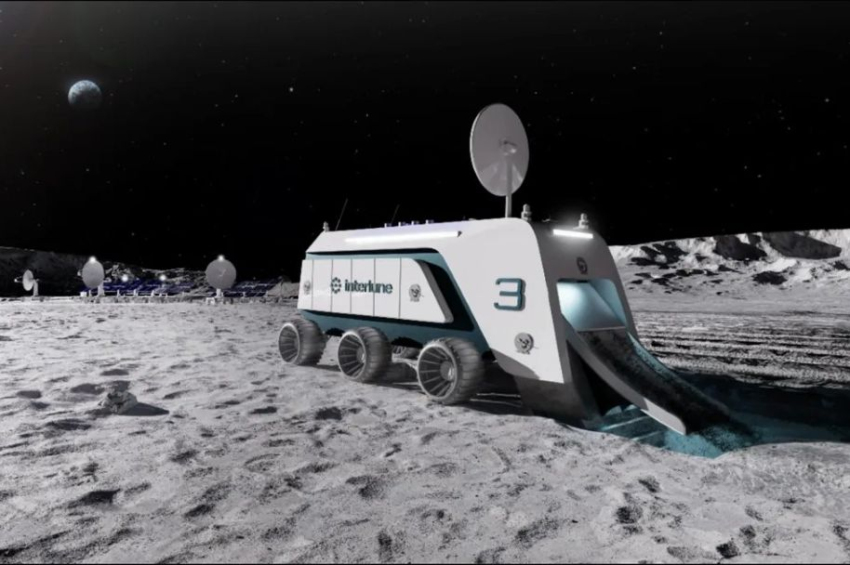A new asteroid threat for Earth. From Venus
New research published in the journal Earth and Planetary Astrophysics highlights a hidden risk in our planetary neighborhood that had been overlooked until now — asteroids co-orbiting Venus, the second planet from the Sun.
According to astronomers at the University of São Paulo, Brazil, they could derail their course and threaten Earth one day.
For decades, astronomers have focused on finding asteroids that come close to Earth’s orbit. The U.S. Congress mandated the National Aeronautical and Space Agenct (NASA) in 2005 to locate 90% of near-Earth objects (NEOs) larger than 140 meters. While progress has been made in tracking these potential threats, the new study suggests a previously overlooked region of space may be hiding dangerous objects: the orbit of Venus.
More to read:
Is there life on Venus? Scientists say may be
So far, astronomers have identified 20 asteroids that share an orbit with Venus. While these objects are protected from colliding with Venus itself due to their co-orbital paths, their orbits remain unstable enough to bring them perilously close to Earth.
In fact, some of these could be classified as potentially hazardous asteroids (PHAs) if they measure at least 140 meters in diameter and come within 0.05 astronomical units (AU) of Earth's orbit.
The study notes that only one of the known Venus co-orbitals has an orbital eccentricity (a measure of how elongated the orbit is) below 0.38, indicating a relatively circular orbit. Most known objects have high eccentricities, likely because these orbits bring them closer to Earth and make them easier to detect.
That, in turn, suggests a major observational bias — many lower-eccentricity asteroids could be out there, but hidden from our view due to their positioning near the Sun’s glare.
Chaotic orbits and limited visibility
What makes Venus’ co-orbital asteroids particularly troubling is their chaotic motion. The study highlights that their orbits have a Lyapunov time — the time it takes for orbital predictions to become unreliable — of just 150 years. This means forecasting their long-term behavior is exceptionally difficult.
To assess the risk, researchers modeled 26 cloned asteroids with a variety of orbital inclinations and characteristics. These were simulated over 36,000 years alongside the gravitational influences of the Solar System’s planets. The results confirmed that several simulated asteroids could, under the right conditions, come dangerously close to Earth.
More to read:
Phobos is on a collision course with Mars
However, detecting these objects is no easy task. Observational windows from Earth are extremely limited due to the Sun’s brightness, which often conceals these asteroids. The team found that the upcoming Vera Rubin Observatory may be able to spot some of them, but only when the asteroids happen to be at a favorable angle and close to Earth.
Space-based monitoring
Given the difficulties of ground-based observation, the lead author Professor Valerio Carruba and his colleagues propose a more ambitious solution: deploying a space-based observatory in or near Venus' orbit. Positioned on the far side of Venus, away from the Sun, such a mission could dramatically improve our ability to spot these hidden threats.
He notes that even relatively small asteroids — like those 140 meters in diameter — can unleash energy equivalent to hundreds of megatons of TNT upon impact, thousands of times more powerful than the atomic bombs dropped during World War II.
A city-sized asteroid strike could result in massive loss of life and global consequences.
As our current field of view is limited, the hidden population of Venus’ co-orbitals represent a blind spot in our planetary defense strategy, the professor reminded.






![[video] Navalny team released photographs of another “Putin palace” — in Crimea](/news_img/2025/12/30/news1_mediu.jpg)
